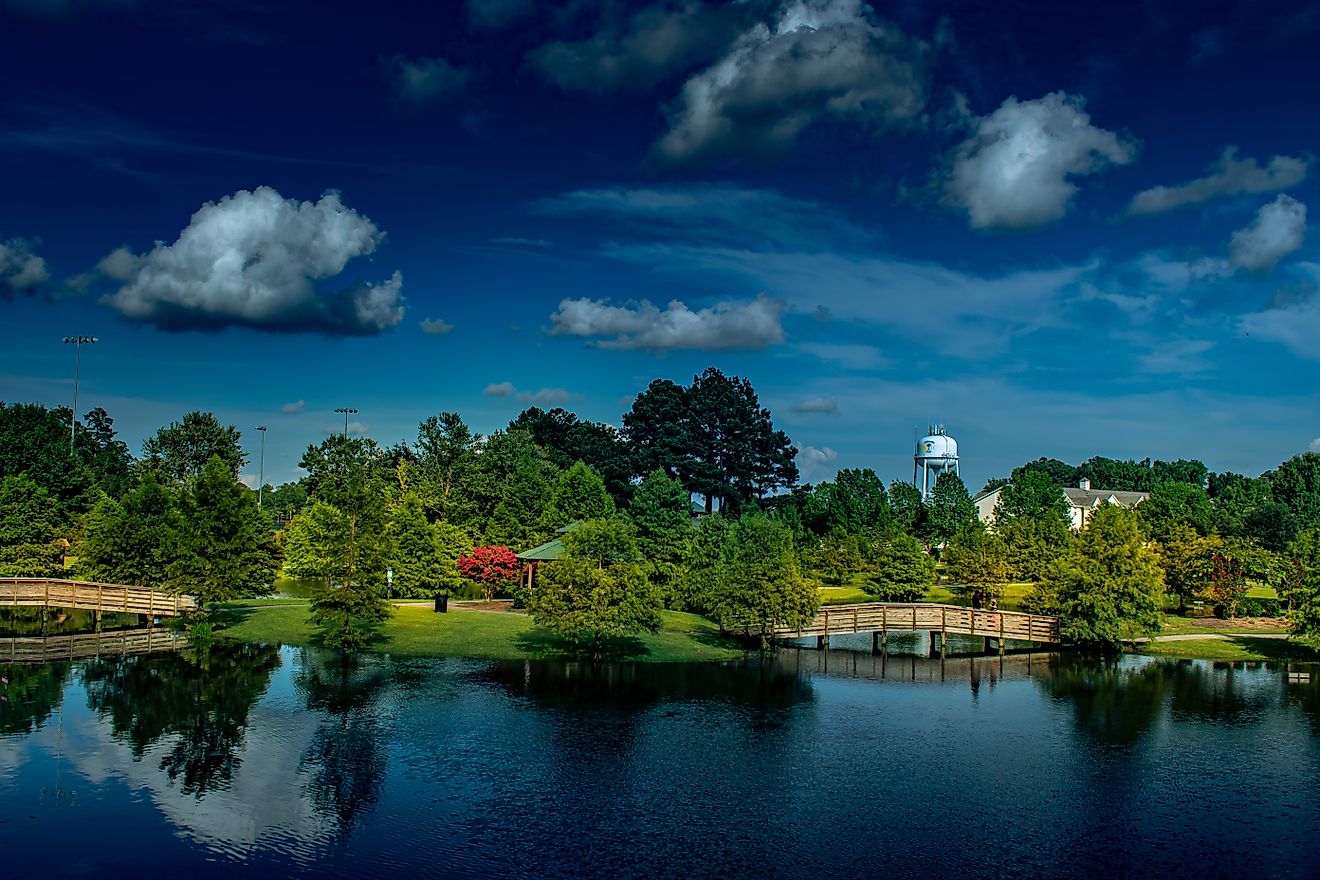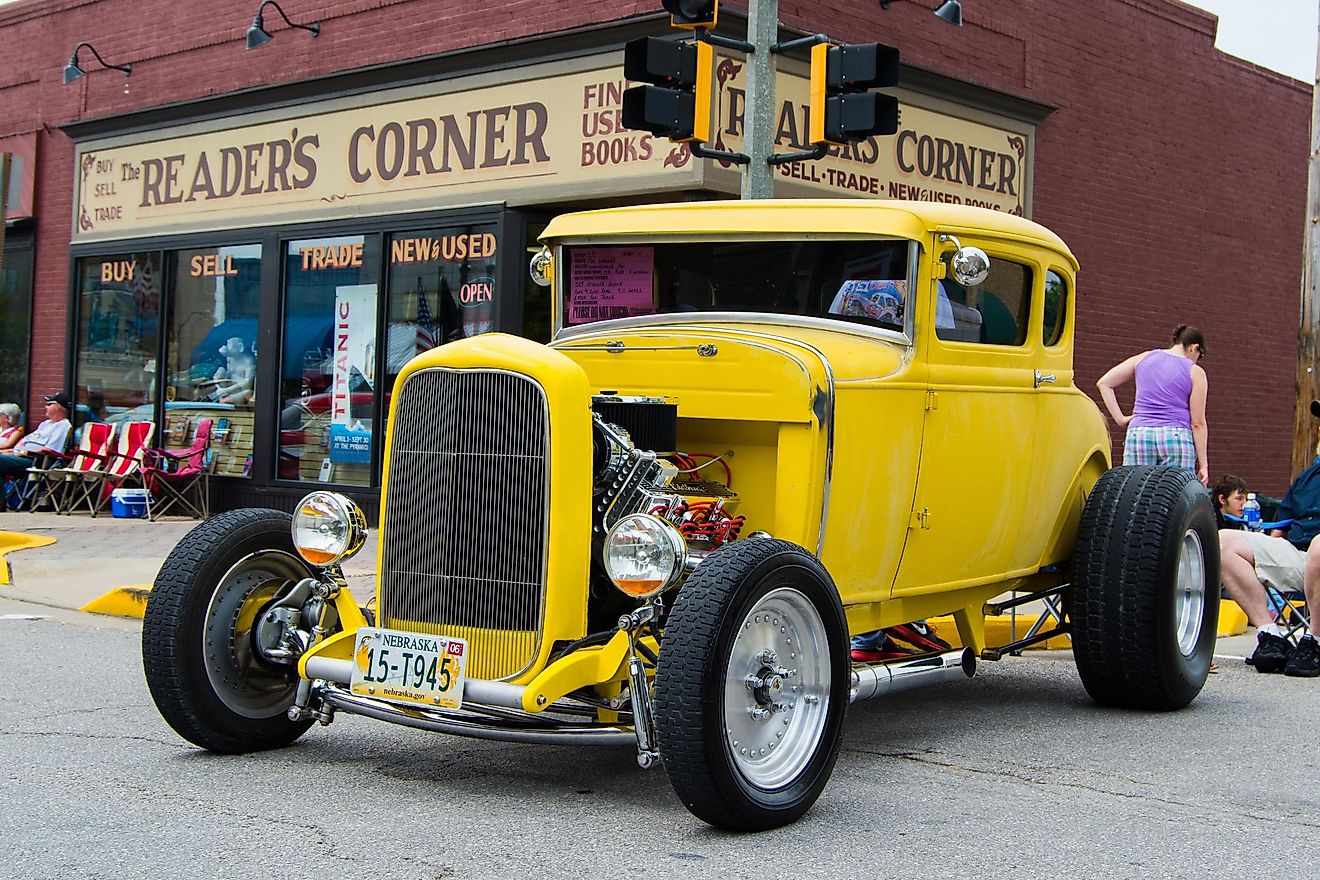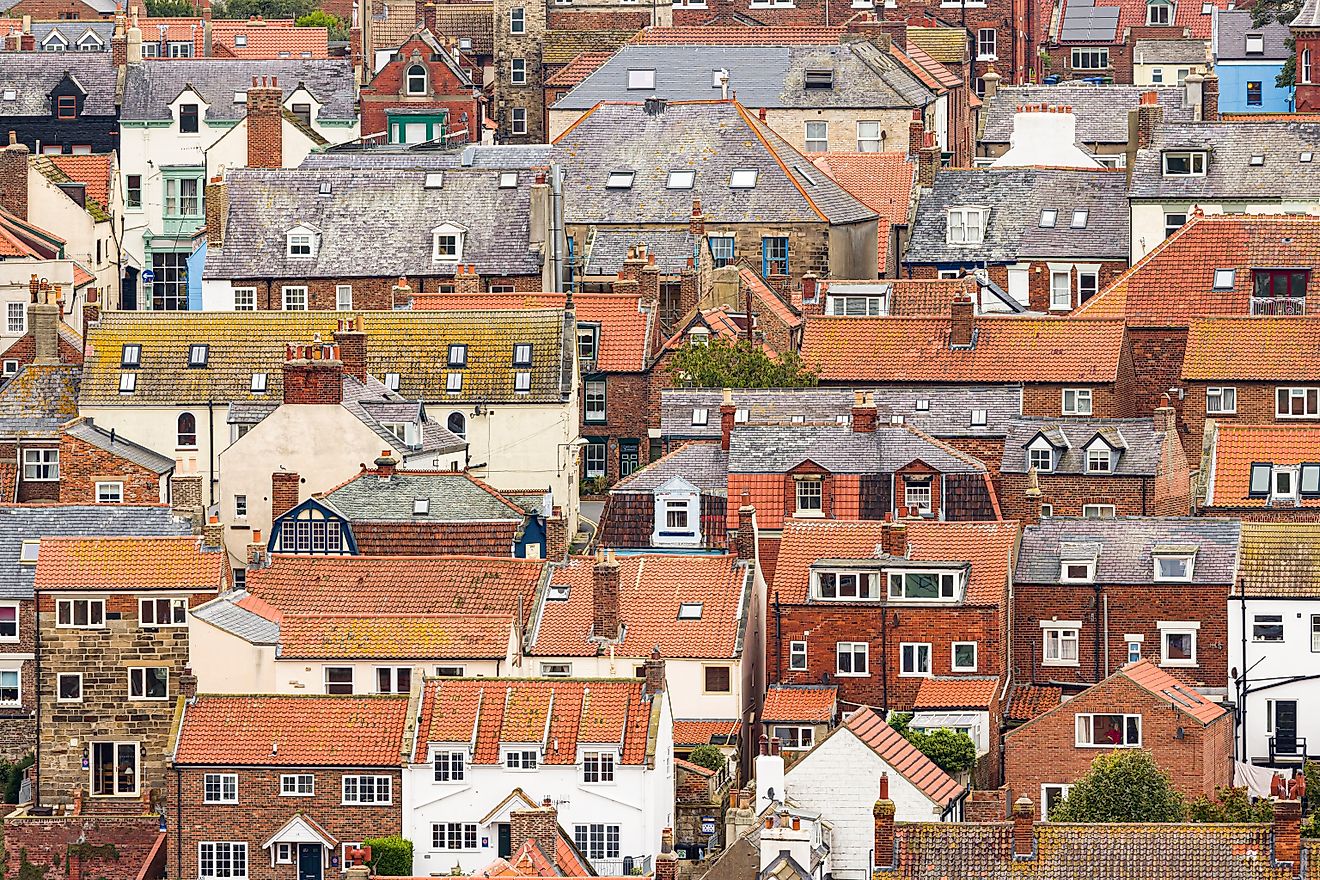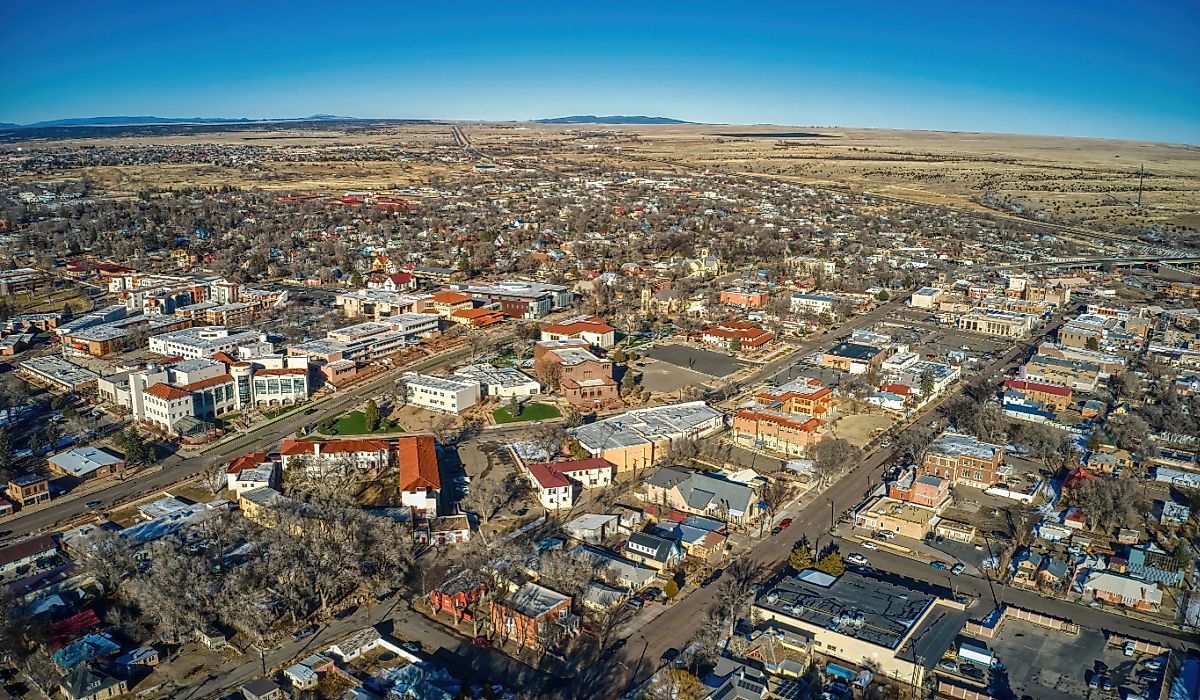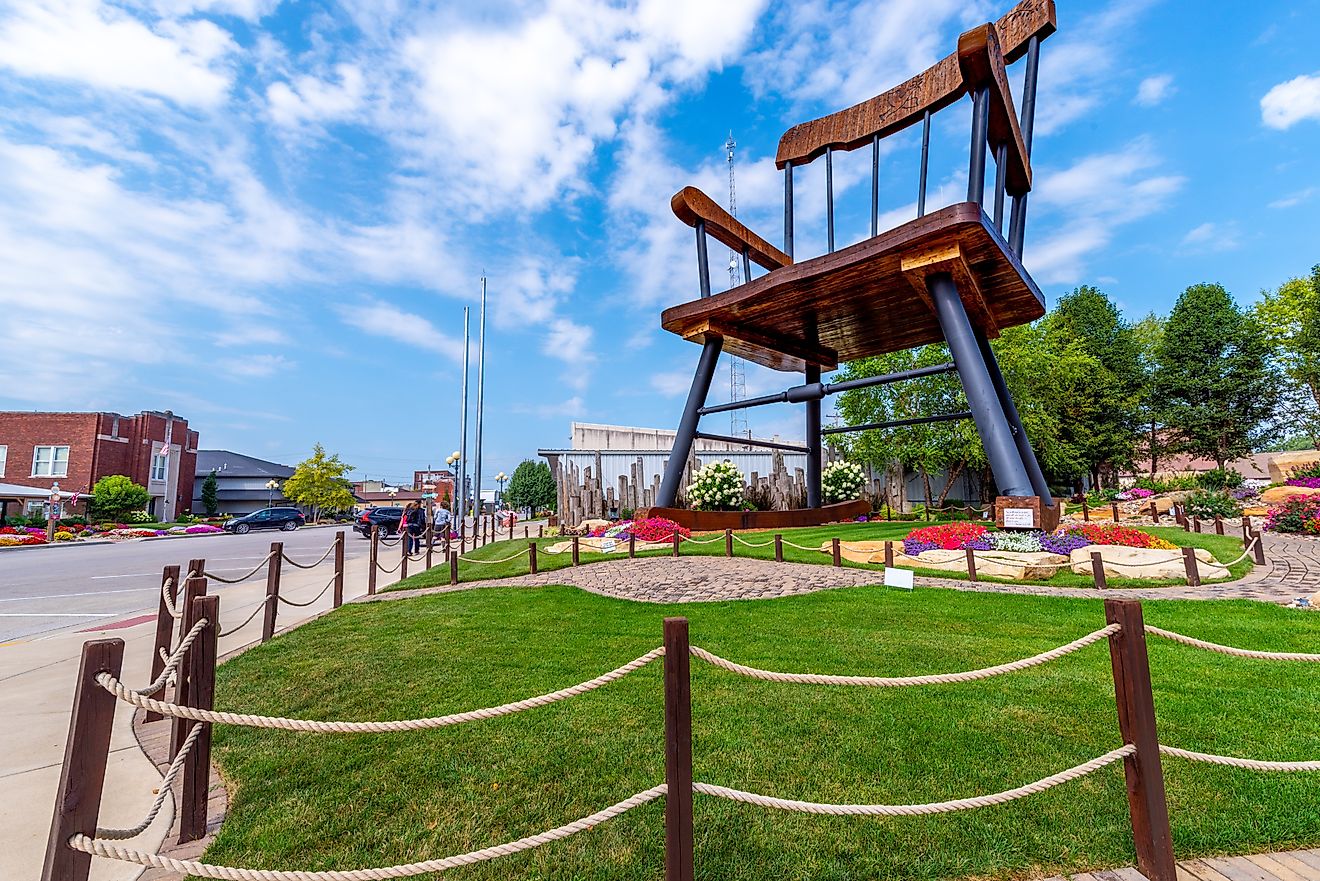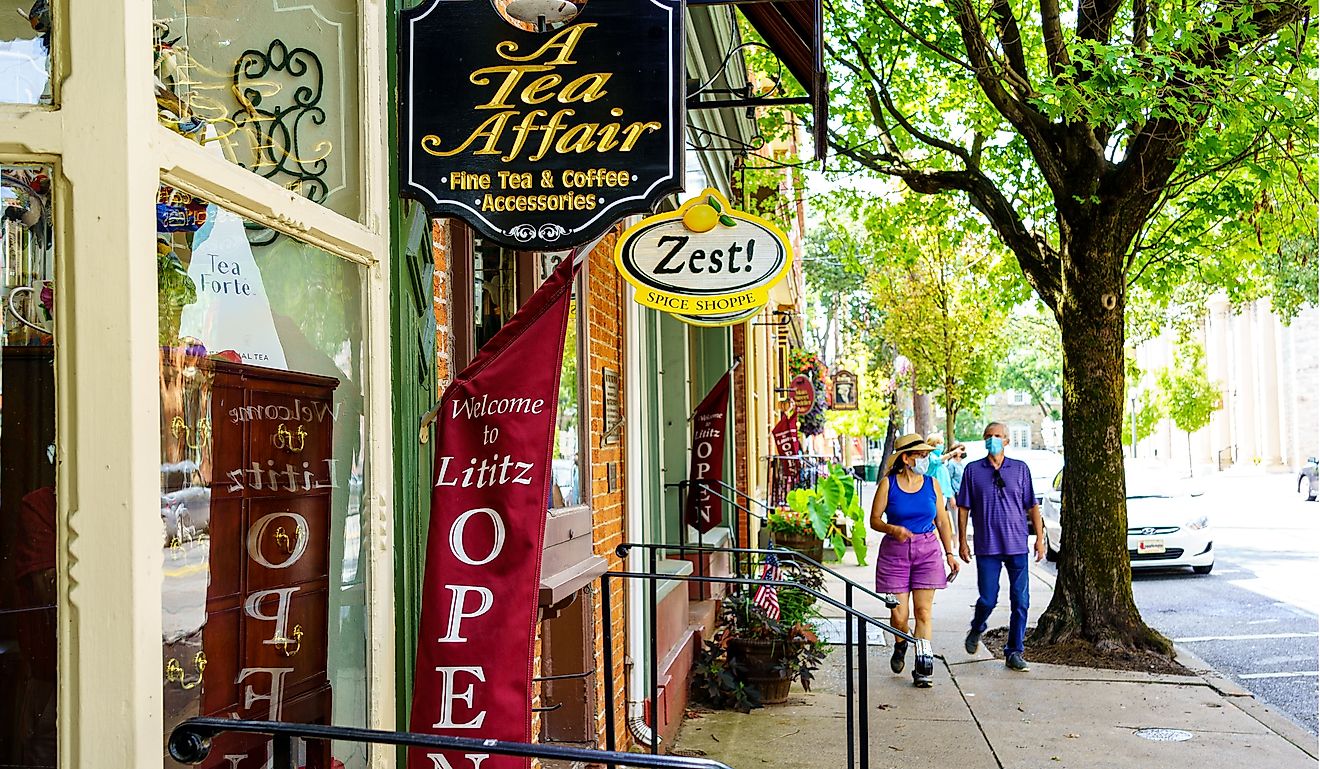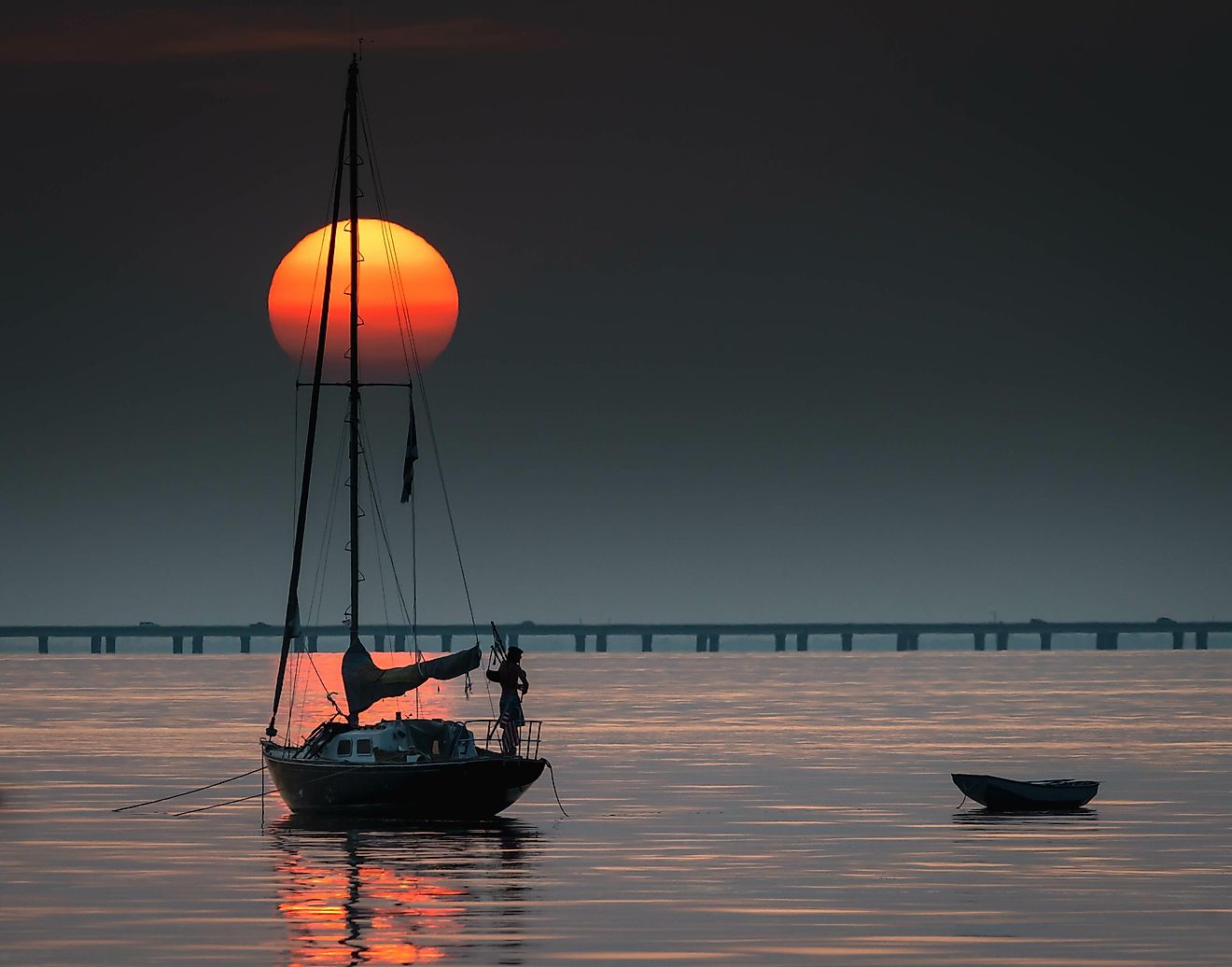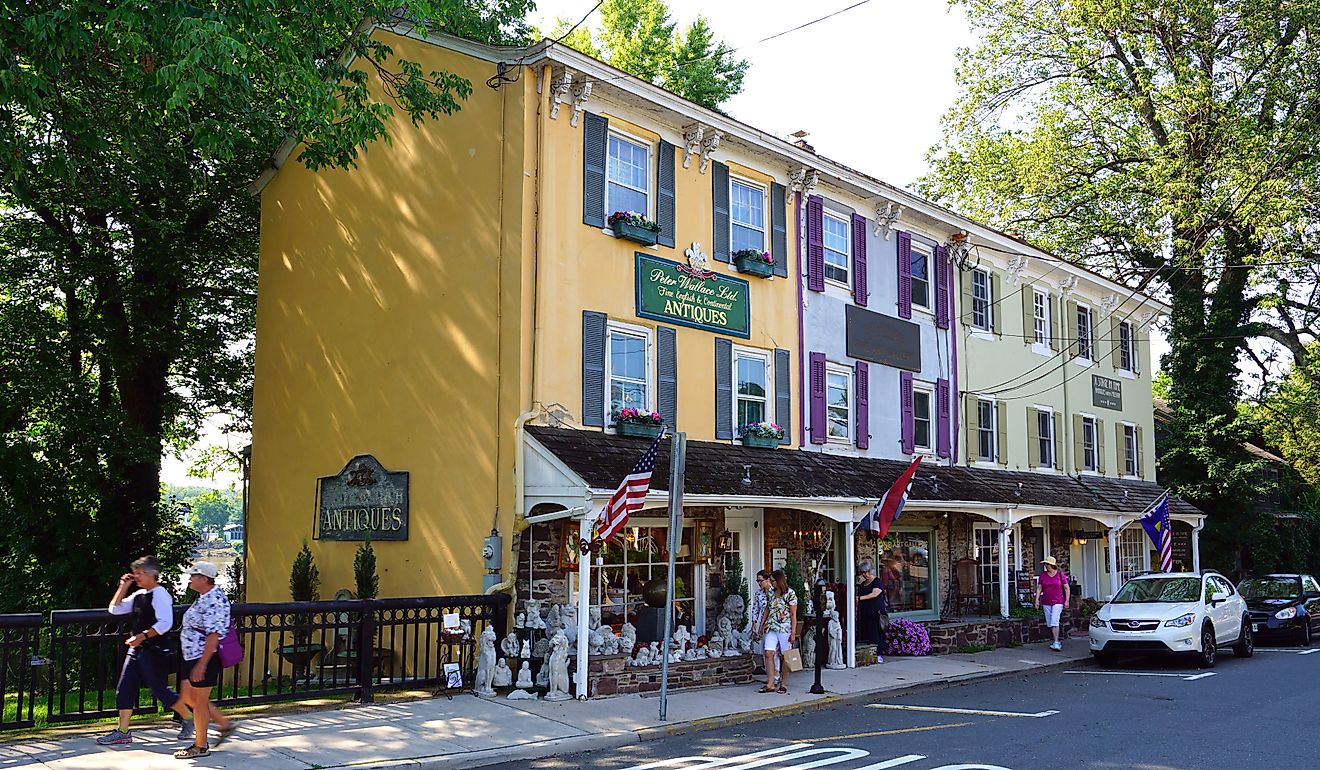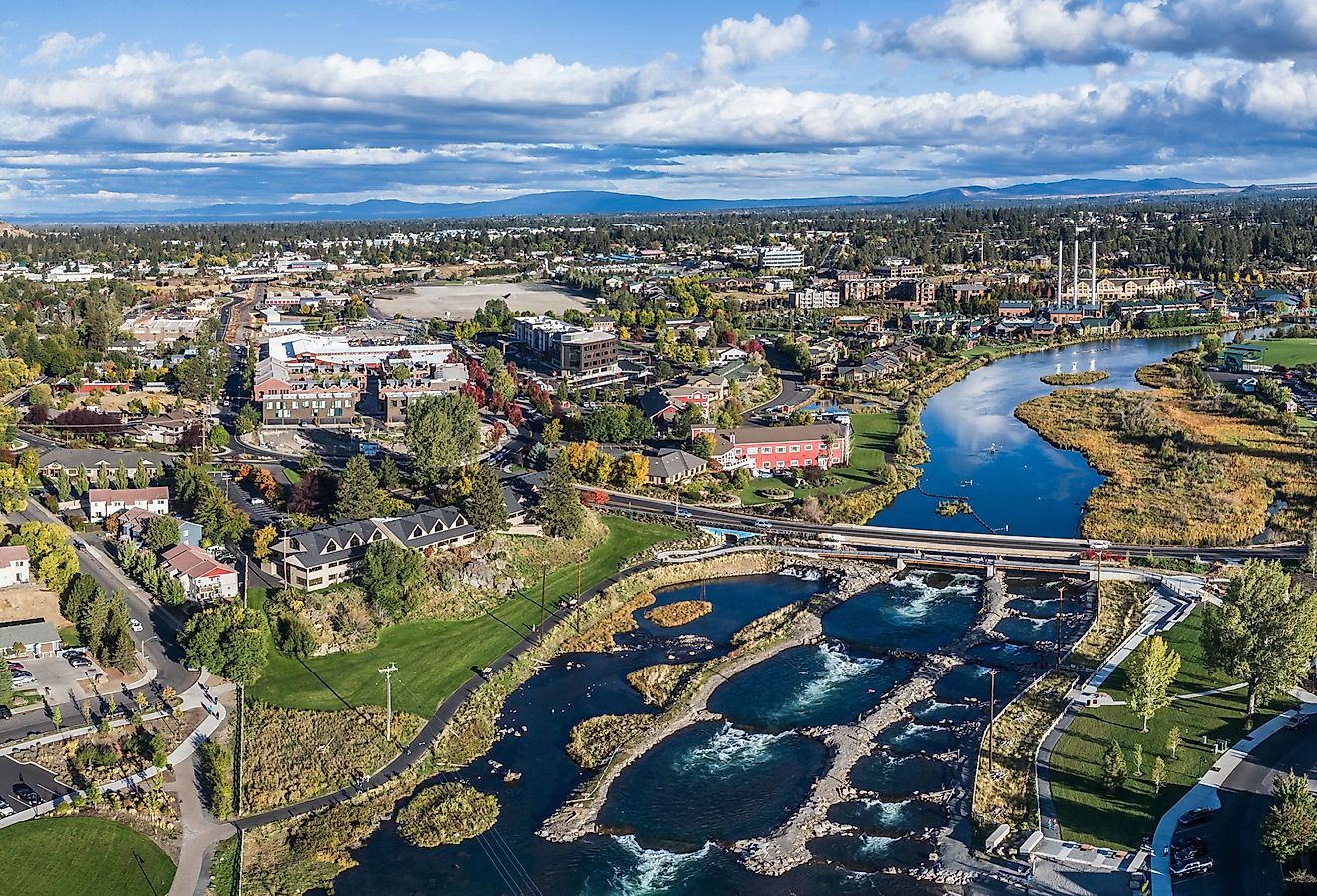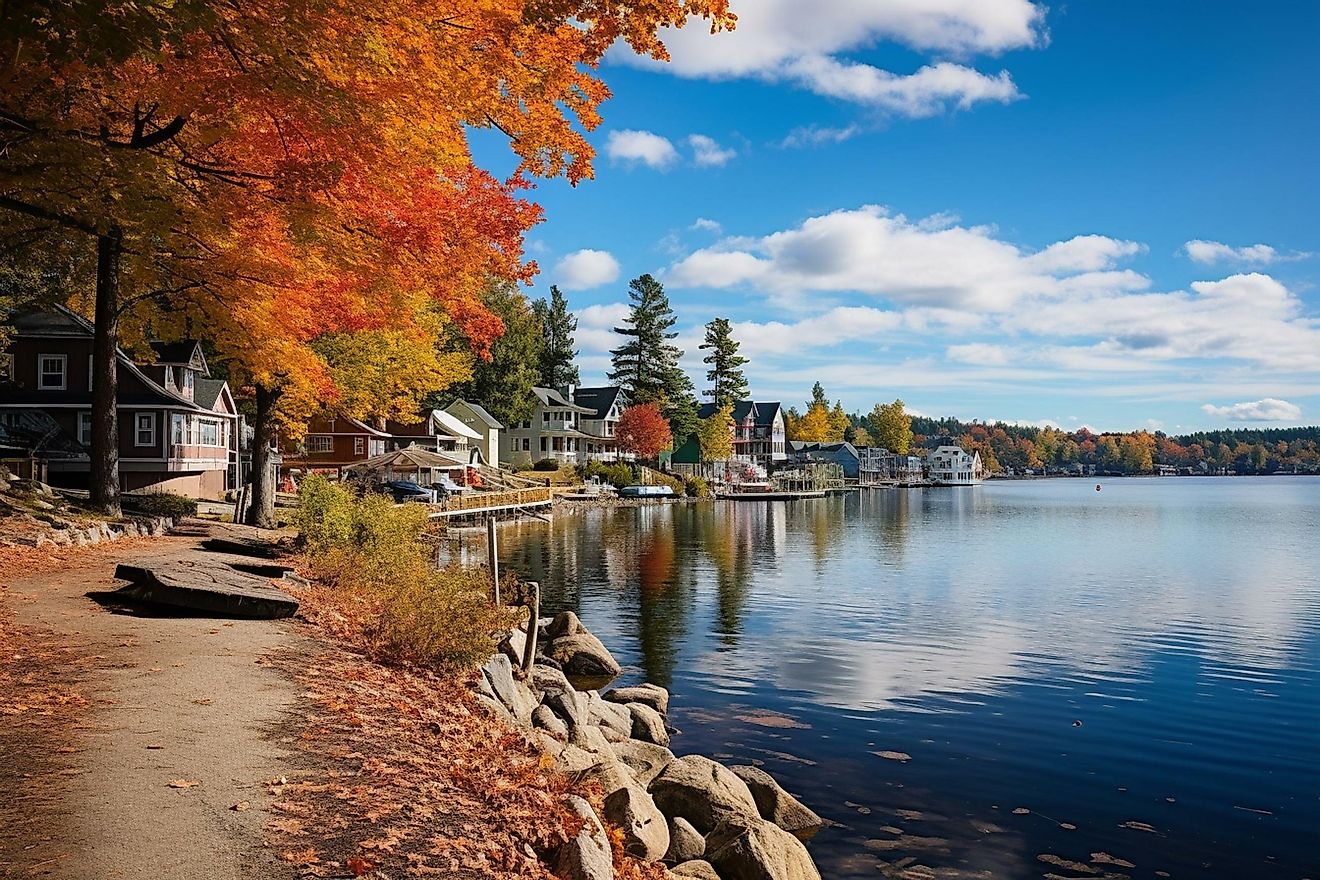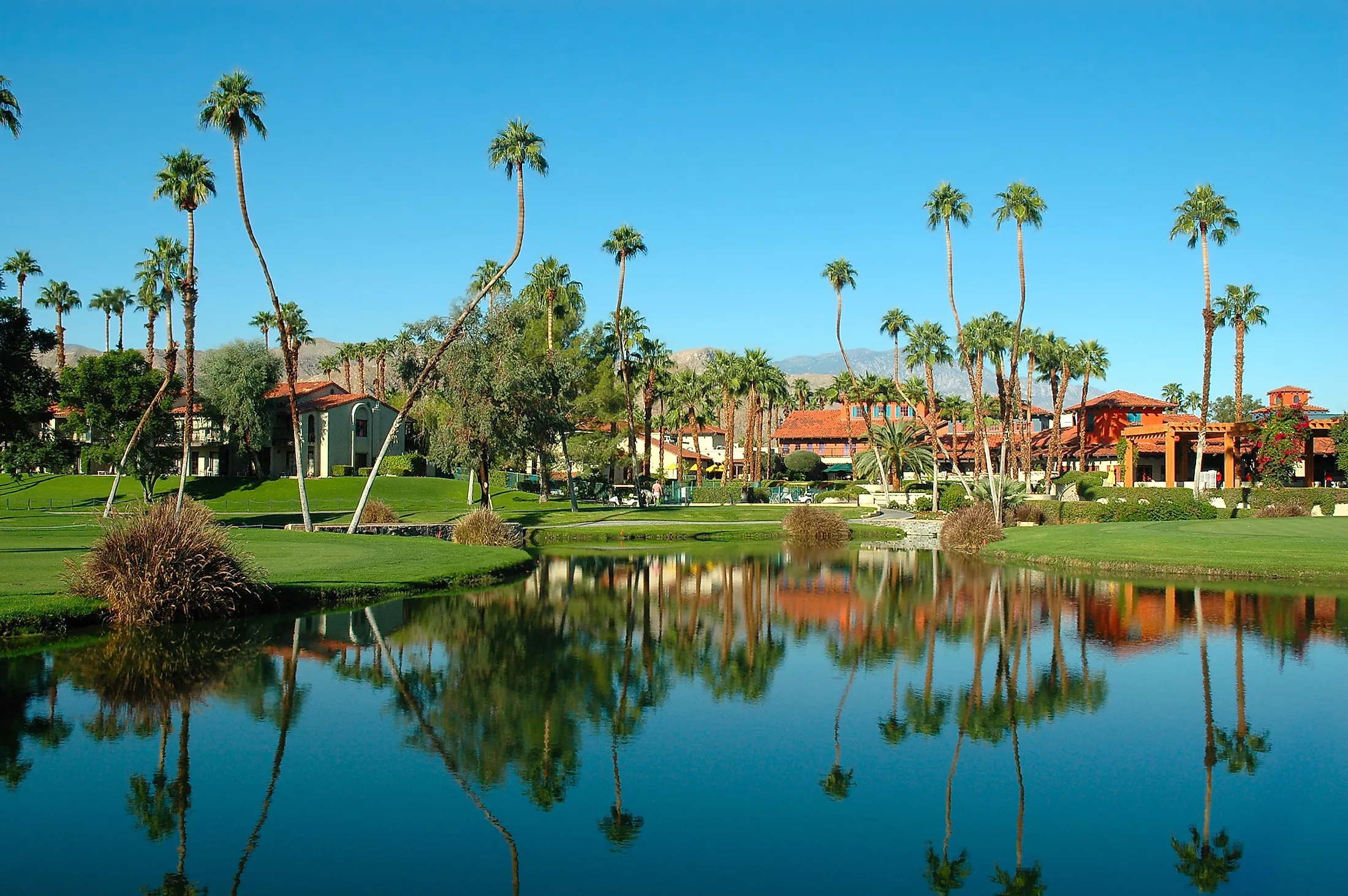
Palm Springs, California
Palm Springs is a city in the US state of California. As its name implies, it is home to natural hot springs. Originally inhabited by Native Americans for about two thousand years, Europeans first discovered it in the late 18th century. However, white settlements did not begin in the area until the mid-19th century. By the early 20th century, Palm Springs became a favored destination among Hollywood’s elite, especially those who sought refuge from the constant barrage of press coverage. Today, Palm Springs remains popular with celebrities of all kinds. It is also popular with tourists and retirees who come to enjoy the city’s hot, dry climate.
Geography Of Palm Springs
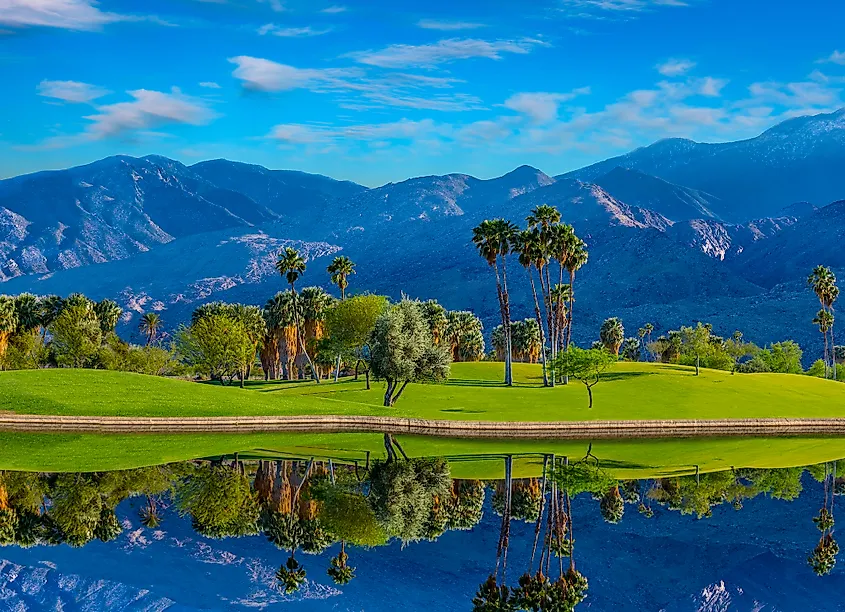
Palm Springs is located in the Coachella Valley desert region of the Sonoran Desert in southern California. A series of mountains surround it, including the San Bernardino Mountains to the north, the Santa Rosa Mountains to the south, the San Jacinto Mountains to the west, and the Little San Bernardino Mountains to the east. The city limits of Palm Springs include a narrow strip of territory that stretches south to the small communities of Alpine Village, Pinyon Pines, and Pinyon Crescent. The city of Desert Hot Springs lies just to the north of Palm Springs. To the west of Palm Springs is Mt. San Jacinto State Park. Several towns and cities can be found to the east of Palm Springs, including Cathedral City, Palm Desert, Cahuilla Hills, Thousand Palms, and Rancho Mirage. Santa Rosa and San Jacinto Mountains National Monument is situated east of Palm Spring’s elongated southern city limits. The city’s total area is 246 sq. km.
Population Of Palm Springs
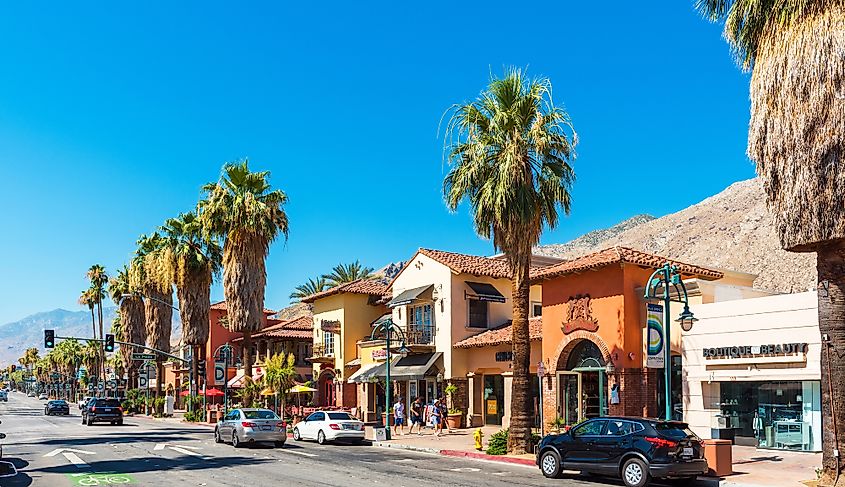
As of 2020, the total population of Palm Springs was 48,844. More than 81% of the city’s population is white, of which 61.1% are non-Hispanic, and 20.7% are Hispanic. Other people of Hispanic origin make up around 5.5% of the population, Asians 4.75%, and African Americans 4.28%. About 72% of the residents of Palm Springs speak only English, while around 20% speak Spanish. Over 80% of the city’s population was born in the United States. An estimated 38% were born in the city itself. People without US citizenship, most of whom are from Latin America, make up 10.9% of Palm Springs residents. Naturalized US citizens comprise 9.06% of all Palm Springs residents. About a third of these naturalized citizens are from Latin America, and another third from Asia. Nearly a fifth are from Europe.
Economy Of Palm Springs
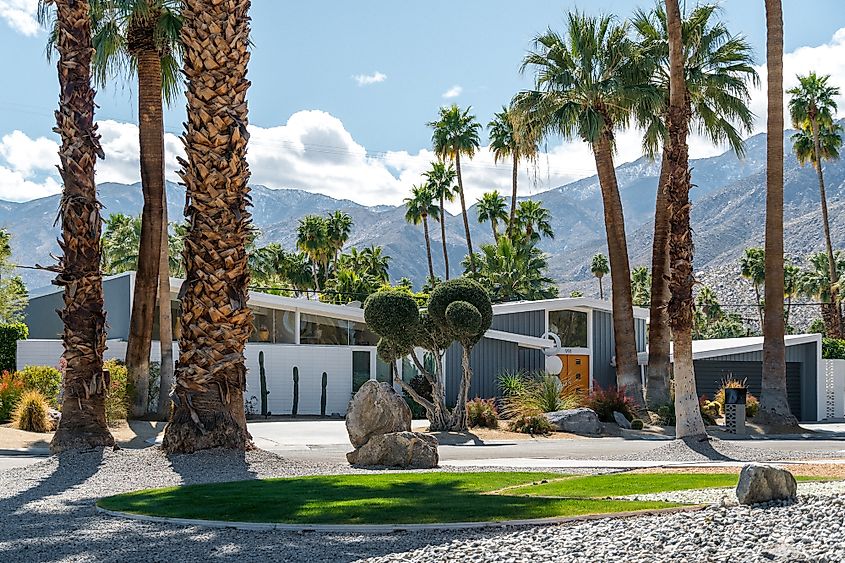
The average household income in Palm Springs is $87,874, and the city’s poverty rate is 17.31%. Poverty disproportionately affects the city’s African American population, with 38.29% living in poverty despite comprising just 4.28% of Palm Springs’ total number of residents. The city’s economy is heavily based on tourism. The biggest industries in the city in terms of the number of employees are healthcare & social assistance, accommodation & food services, and retail trade.
History Of Palm Springs
Native Americans of the Cahuilla Nation inhabited the area where Palm Springs is now situated before contact with the Europeans. They arrived in the area two thousand years ago. Their name for the area was Se-Khi, which means boiling water. Petroglyphs, irrigation ditches, dams, and house pits made by the original Native American inhabitants can be found in the vicinity of Palm Springs. Today, streets and areas of the city are named using common Cahuilla surnames such as Andreas, Arenas, Amado, Belardo, Lugu, Patencio, Saturnino, and Chino.
The first people of European descent to visit present-day Palm Springs were Spanish explorers who arrived in the area in the 1770s. These explorers called the area La Palma de la Mano de Dios (The Palm of God’s Hand). In December 1823, the newly-formed Mexican government sent an expedition led by José María Estudillo and Brevet Captain José Romero to present-day Palm Springs to find an overland route from Sonora to Alta, California. This expedition first recorded the presence of the area’s natural hot springs.
The first white settler to live in present-day Palm Springs was Jack Summers, who ran the stagecoach station on the Bradshaw Trail in 1862. However, it was not until the early 1900s that Palm Springs would begin attracting waves of new residents, many of whom came to enjoy the dry, hot climate, which was particularly beneficial for people suffering from tuberculosis. In the 1930s, Palm Springs became the number one desert getaway for Hollywood stars. One of the reasons the city became so popular with Hollywood figures was because it was isolated from Hollywood itself, 107 miles from Los Angeles. Thus, the city provided a nice refuge for any stars who were the subject of unwanted gossip or scandal.
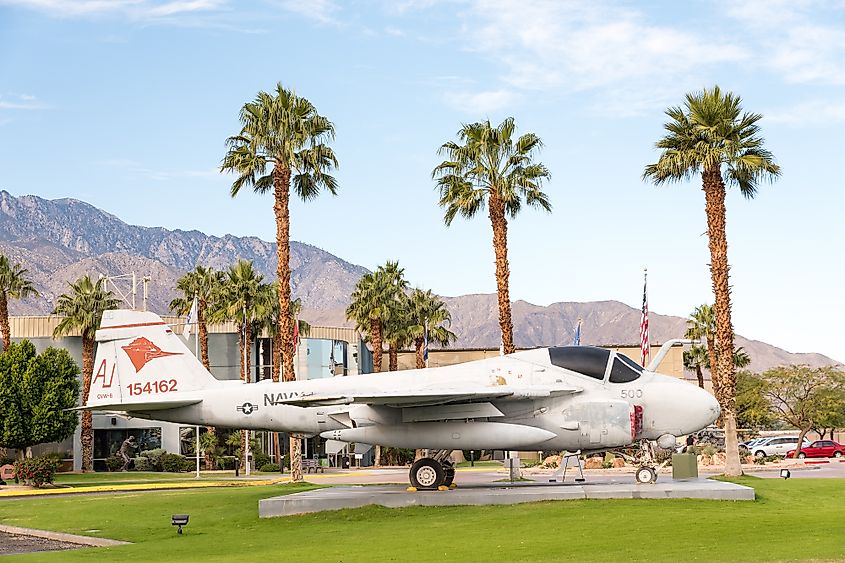
During World War II, Palm Springs served as a location for important US military installations, including Palm Springs Army Airfield and General Patton’s Desert Training Center. In addition, a hotel in the city, El Mirador Hotel, was transformed by the US government into a hospital. After WWII, Palm Springs became a center of architectural modernism. In fact, it has been argued that the city’s architecture became the model for mass-produced suburban housing, particularly in the Southwest. From the mid-20th century up until today, Palm Springs has continued to be popular with Hollywood’s elite and retirees. It has also become a popular spring break destination.
Attractions In Palm Springs
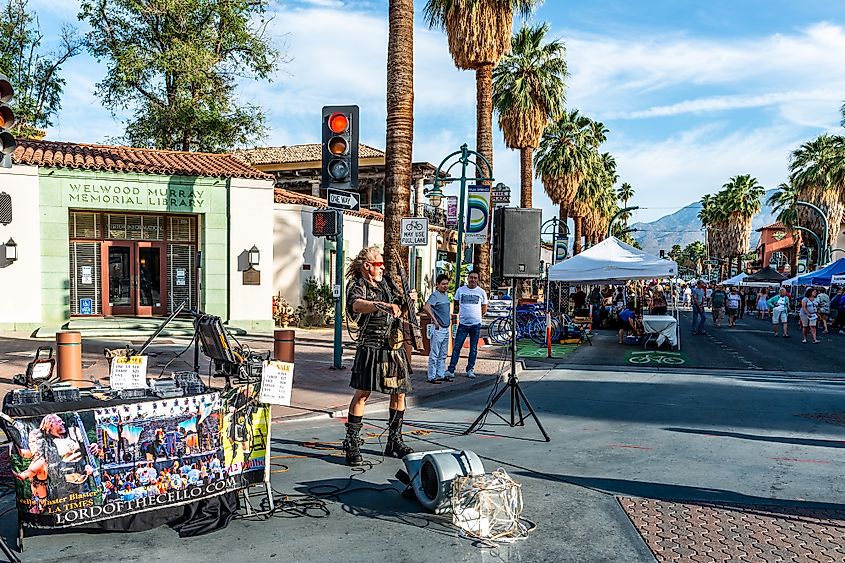
There are a multitude of different attractions in the Palm Springs area. The Moorten Botanical Gardens, the Indian Canyons, Joshua Tree National Park, the Village Green Heritage Center, and Wolf Mountain Sanctuary are among the natural attractions. Museums in the Palm Springs area include Cabot’s Pueblo Museum, Palm Springs Air Museum, and Palm Springs Art Museum. Another of Palm Spring’s most famous attractions is its Aerial TRAM, allowing passengers to ascend to more than 8,000 feet in the world’s largest rotating tramcars. Palm Springs is also famous for its golf courses, including the Classic Club, a semi-private, high-end, daily fee golf facility designed by the Arnold Palmer Company with input from the PGA Tour. Popular streets and neighborhoods in Palm Springs include the El Paseo Shopping District and Palm Canyon Drive, home to the Palm Springs Walk of Stars.
